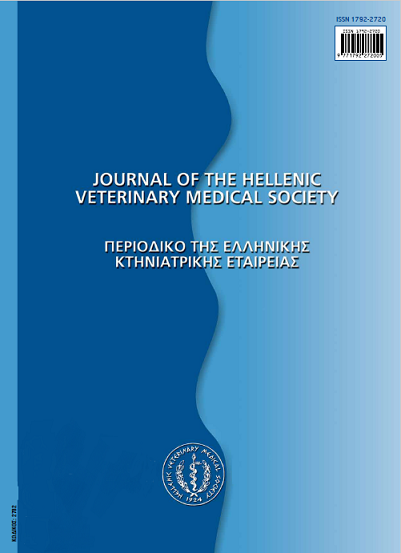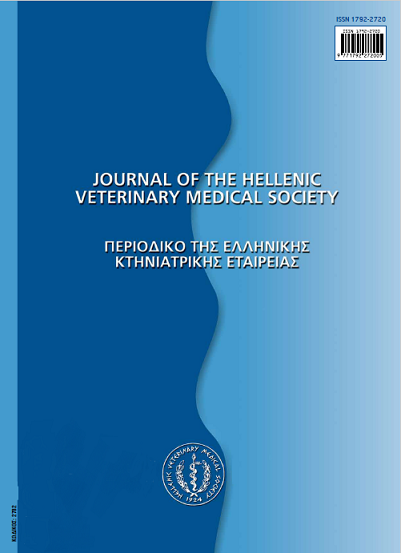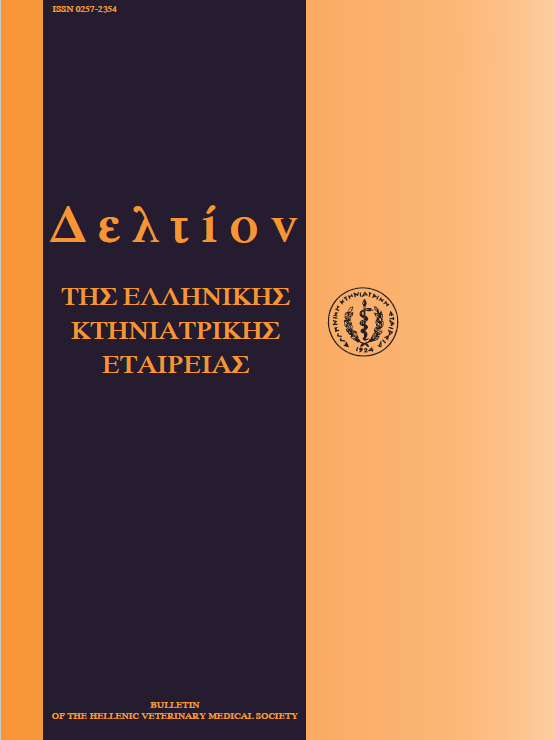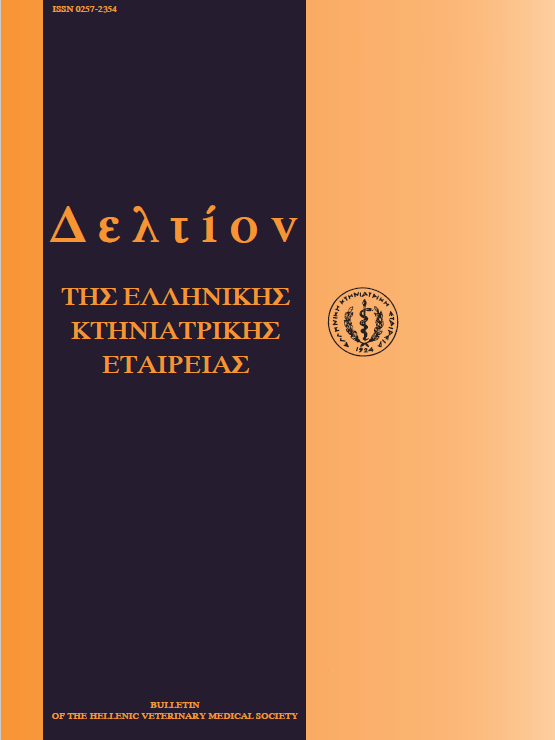Tissue distribution and depletion of levamisole in sheep tissues

Abstract
The subject-matter of this project was the residue distribution and depletion of levamisole in the sheep tissues after a single administration of levamisole hydrochloride and with final aim the appropriate withdrawal time determination, so that sheep tissues will be safe for human consumption. Levamisole hydrochloride was given per os with a single dose in the form of a tablet of the pharmaceutical product Tridicine™ 300 mg at the recommended therapeutic dose of 300 mg/40 kg body weight (b.w.), a quantitycorresponding to 7.5 mg levamisole per kg b.w. Five sampling points comprised of four sheep each one , were performed at 24 h, 96 h, 168 h, 240 h and 336 h after medication. Tissue samples of muscle, liver, kidney and fat were collected, packed and stored at 45°C until analysis. Levamisole was determined by high performance liquid chromatography (HPLC) and mean levamisole concentrations found in the target tissues were detectable in all samples from the 1st until the 14th day after medication, with higher concentrations in kidney and liver ranging from 838.88 μg/kg to 39.18 μg/kg and from 1988.77 μg/kg to 16.58 μg/kg between the 1st and the 14th day, respectively. Concentrations in muscle and fat, the 1st day after medication, were 233.96 μg/kg and 173.89 μg/kg, respectively and the 4th day they were dropped below the maximum residue limit (MRL), which means that sheep tissues are safe for the consumer. A withdrawal time of 13 days was determined for liver, the main organ used for this calculation.
Article Details
- How to Cite
-
TYRPENOU (Α.Ε.ΤΥΡΠΕΝΟΥ) A. E., XYLOURI-FRANGIADAKI (Ε.Μ. ΞΥΛΟΥΡΗ-ΦΡΑΓΚΙΑΔΑΚΗ) E. M., & FRANGIADAKIS (Μ.Γ. ΦΡΑΓΚΙΑΔΑΚΗΣ) G. M. (2017). Tissue distribution and depletion of levamisole in sheep tissues. Journal of the Hellenic Veterinary Medical Society, 58(1), 11–21. https://doi.org/10.12681/jhvms.14971
- Issue
- Vol. 58 No. 1 (2007)
- Section
- Research Articles
Authors who publish with this journal agree to the following terms:
· Authors retain copyright and grant the journal right of first publication with the work simultaneously licensed under a Creative Commons Attribution Non-Commercial License that allows others to share the work with an acknowledgement of the work's authorship and initial publication in this journal.
· Authors are able to enter into separate, additional contractual arrangements for the non-exclusive distribution of the journal's published version of the work (e.g. post it to an institutional repository or publish it in a book), with an acknowledgement of its initial publication in this journal.
· Authors are permitted and encouraged to post their work online (preferably in institutional repositories or on their website) prior to and during the submission process, as it can lead to productive exchanges, as well as earlier and greater citation of published work.






